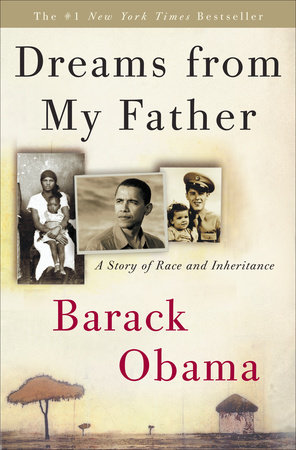Traveling Identities: Mixed Race Quests and Fran Ross’s “Oreo”
African American Review
Volume 40, Number 1 (Spring 2006)
Tru Leverette
University of North Florida, Jacksonville
The Frontier: Where Two Come Together
Traveling to my grandmother’s funeral during my first marriage, my white husband and I walked down the narrow plane aisle toward our seats. In front of me was a black woman who stopped the line when she reached her row and asked the white man in the aisle to excuse her as she settled herself into the window seat. As she seated herself, the man looked at me and asked, “Are you two together?” I said no and proceeded past him and his bewildered look.
My husband scoffed, loudly enough for the man to hear, “That was an interesting assumption, huh?”
“Yeah,” I replied. “But you know that happens to me all the time.”
And, indeed, it does. People readily assume I “belong” with any other people of color in the vicinity, and rarely, if ever, do they assume that I “belong” with my husband. Reflecting on the incident now, I wonder how effectively I could have articulated my sense of place if I’d answered the man’s question affirmatively, though unexpectedly: “Yes, I am two together.”
Because I see myself as both black and white, I, like many other persons born to parents of different races, sometimes think of myself as moving in the space that unites the two, as traveling from one shore to another given certain contexts, and other times as sailing the river that forms the meridian between two shores. Such metaphors of movement, travel, and cruising are not uncommon in explorations of mixed race identity; in fact, the metaphor of border-crosser has been taken up readily and used to suggest a mobility and indeterminacy that may not be as easily accessible as the metaphor suggests. Mixed race identity often has been considered a “frontier” in race relations, if I can extend the travel metaphor into the realm of quest. (1) Thus, the anecdote with which I began this essay fittingly exemplifies the role of movement, travel, and quest in explorations and definitions of mixed race identity. Alternatively, the anecdote may invoke Denise Riley’s suggestion that identity “is more accurately conceived as a state which fluctuates for the individual” (6). The notion that various components of identity come into the foreground and recede in differing situations may be more useful in interrogating the workings of identity than that of the border crosser. We may imagine individuals traveling with identities whose components are variously enacted or shelved without imagining that these individuals are completely liberated from the constraints of identity, as if their ability to cross borders were a ticket into every desirable community and a ticket out of every undesirable situation.
These introductory comments regarding travel and quest are important to the following discussion of Oreo, the recently republished novel by Fran Ross. This novel explores the possibilities within mixed race identity as it attempts to assert a utopian sense of racial harmony and wholeness and to grapple with the theoretical and philosophical questions of mixed race and gender. Its metaphors of traveler and quester concur with discourses of mixed race that theorize such individuals in terms of the past—as outcasts who seek an acknowledgement and understanding of their origins—and in terms of the future—as pioneers whose existence may foster the racial harmony of utopian visions. In keeping with other discourses of mixed race identity, the novel prioritizes questions of history and origins as well as future possibilities for imagining race. Within Oreo, the personal utopia sought also connects to the longing for a national utopia that would rectify the racial discord of the period in which it was written—during the Black Nationalist Movement of the 1970s. Originally published in 1974, Ross’s novel was not well received since it both literally and figuratively plays with the ideologies of race and gender that were being debated at the time. One January 1975 review describes the novel as “experimental, intelligent, and even funny in places. The dialogue, however, is a strange mixture of Uncle Remus and Lenny Bruce, and quite often unintelligible” (Salassi 146). This initial review offers a striking contrast to one following the novel’s reprinting in 2000, when it is heralded as “a true twenty-first century novel.” According to this review, the novel’s “wit is global, hybrid and uproarious; its meditation on language is simultaneously irreverent, appropriative and serious” (Foreman and Stein-Evers 36). This latter review, however, problematically champions “the goodness of ambiguity which leads everywhere,” asserting that “the triumphant chameleon [Oreo] goes unnoticed wherever it chooses.” Such claims of liberty and unobstructed movement display precisely the dangerous assumption inherent in notions of the border crosser as they are often articulated. Oreo by no means suggests that the dualities of identity make it possible for one to escape the realities and constraints of racism, sexism, and oppression. Rather, the novel suggests that dualities allow one to play (both literally and figuratively) with the structures of identity, allow one to manipulate boundaries and seek agency in arenas where these structures might seem rigid and inaccessible, respectively…
Read the entire article here.


